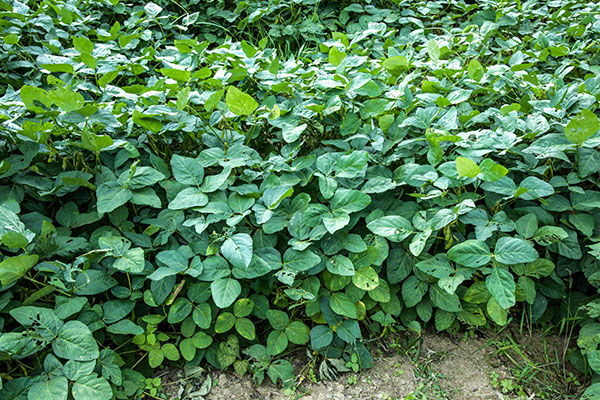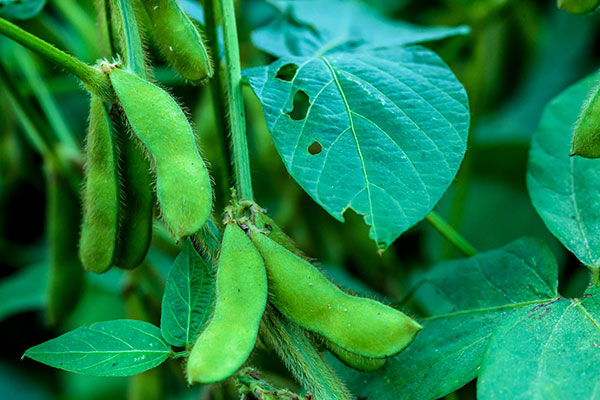Taiwan organic soybeans
- 2020-11-13
- 2022-12-15
- / 3526 Views
- /

There is a great consumption of soybeans in Taiwan where soybeans play an important role in the local culinary culture. Soybeans are available in various forms, such as soymilk, tofu, dried bean curd, soy chip, tofu pudding, soy sauce, soybean sprout, soybean cheese, stinky tofu, Natto, soy tempeh, fermented soybean, and are very typical Taiwanese food. Each Taiwanese consumes about 11 kilograms every year.
Soybeans, also known as “King of beans”, are originated in Northeastern part of China and are a kind of temperate to tropical crop. They are usually sowed in the spring and autumn in Taiwan, especially in the late August.
Soybeans are bred for increased drought tolerance traits and can cope with extreme weathers. They are nodulated by rhizobia bacteria, which have the unique ability to penetrate and fix nitrogen in association or symbiosis with the soybean roots. In these nodules, rhizobia convert atmospheric nitrogen effectively into ammonium to facilitate nitrogen fixation in amino acids, which are beneficial for the host plants. Comparing to labor-intensive wet rice, soybeans are easier to grow for less manual work and fertilizer consumption. Recently many farmers in Yunlin, Jiayi, Pingtung, Hualien and Taitung devoted themselves to the cultivation of organic soybean. They insist on cultivars of non-GMO soybeans and improve the quality of soil by rotational fallow instead of pesticide, chemical fertilizers and herbicide.

Organic soybeans take four months to mature. They are sowed at the end of August and germinate in 4 to 7 days. The flowering period starts in 30 to 35 days, following by the pod formation. Weeding is necessary during these two periods. After pods become full and plump, keep the beans dry during the leaf senescence process in the field. Harvest them in December and remove shells for further sundry and selection. Leftover after bean selection and shells can feed chickens and make compost without any waste.
What’s the difference between yellow soybeans and green soybeans? Green soybeans are harvested when they are 80% matured and then exported to Japan, especially the variety of Kaoshiung No. 9. They are also known as “Hairy beans” edamame for their hairy pods. Green soybeans continue to mature and then turn yellow before dehydrating, shrinking and hardening.

Agricultural Research and Extension Station, Council of Agriculture in Taiwan, has bred many varieties for different culinary uses. The most popular varieties are Kaoshiung No. 10, Hualien No. 1, Tainan No. 10 and Tainan No. 4 (green skin) that are selected by farmers due to pest-resilient, lodging and other features. Processing manufacturers select varieties of different protein content suitable for processing according to their experience and preference. Freshness shall be the first priority for home eaters.
Soybeans are praised as “meat in the field” because they are rich in nutrients and low in fat. 600 grams of soybean, 1,200 grams of pork, 1,800 grams of eggs and 7,200 grams of milk all have the same amount of protein. No wonder people in Europe and America start to replace diary products with tofu.
GMO detection is completed by testers but not by the color of soybean hilum, which is said to be a key to differentiate GMO and non-GMO soybeans.
Taiwan organic soybeans are stored in refrigerators right after the harvest and are highly drought tolerant in the extreme weather. Support Taiwan organic soybean!




